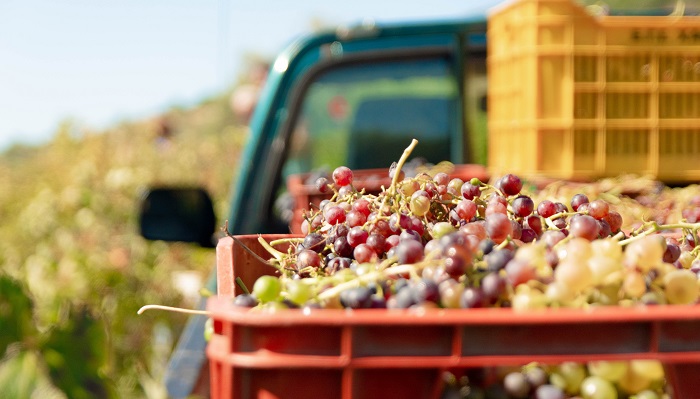
In the 2024-2025 table grape season in Peru, Ica will no longer benefit as much from rising international prices and weak fruit production in Piura. "In my opinion, this is going to be a year of normal prices, both for Piura and Ica," says Breno Lacourt, a renowned table grape consultant in Peru, Portugal and Brazil.
Breno is an agronomist engineer who graduated from the University of São Paulo, in 1985, and has a specialization in Enology from the University of Burgundy in France. "I have been working in the grape agribusiness since I graduated," he says. He started advising companies in Brazil, and since 2008 he has been doing so in Peru, where he works with important agribusinesses, usually in northern Peru, such as Agroindustrial Beta, Sociedad Agrícola Saturno, Avo Perú, San Miguel and Fundo Los Paltos, among others.
"I know it may be too early to give an opinion regarding Peruvian grape prices this season, but it would be too much luck to have as much fruit missing in the market as last year; let's not forget that California was a focused climatic problem, that is not going to happen every year; international prices will not be on the rise, as they were last year," he says.
The Brazilian consultant says that, so far in 2024, there has been little El Niño influence in northern Peru. "The year began with a low, moderate El Niño, but practically from the formation pruning, the phenomenon was already disarming. Now we are facing a neutral El Niño, and it is believed that from this May onwards, it will be the Niña that expresses itself, an inverse phenomenon to El Niño."
He added that "there is a 60% probability that we will experience, in May, June, July, the Niña phenomenon. Fertility rates, in the numbers that I have already been able to see with customers, are within normal ranges. So a normal season is expected in the north, in Piura, Lambayeque, and I would also say in general."
Breno says that Ica, south of Lima, has traditionally always been an area little influenced by the El Niño phenomenon. "Piura, being to the north, is the hardest hit; the impact is moderate in Bajo Piura, quite a bit higher in Medio Piura, and much more in Alto Piura, near the Andes highlands. This is usually the case, and last year was no exception".
He specified that in Peru, the further south the vineyard is located, the less negative influence of the El Niño phenomenon it suffers; "we have already seen the small amount of boxes that Piura produced last season. Ica has not been influenced, it did not have any climatic problems last year; I was there and production was very normal," says Lacourt.
The lower latitude areas, those closer to the equator, are warmer and, naturally, are more affected by El Niño, the humidity there is insidious, it rains much more, and production loss is higher.
In this sense, he indicated that "further south, the areas are colder, and the opposite occurs. As far as I know, it has not rained a single day in Ica. And if it rains, it is very little, less than 10 mm in a day. In contrast to Piura, Ica had a normal production last season, perhaps even more than in previous years; the vines are now more mature, and they are at a more productive age; Ica has also benefited greatly from the low production in California, the rising prices; they have earned much more money than what was budgeted".
He added "If we want to continue comparing, we should mention Alto Piura; vineyards that were not affected by problems of over-thinning, have been affected after the harvest, with rains at the end of the cycle, that is much worse! Because, there, if the vineyard is not covered by plastic there is no way to defend yourself, you are simply with ripe fruit, the rain comes and the berries will split," he says.
The table grape expert warns that all varieties, patented or not, are extremely sensitive to late-cycle rain. "The only two patented varieties that are very resistant are two secondary varieties: Arra 15 and Sugar Crisp. These two are very resistant, but the planted area is very small."
He exemplified this by saying, that the most planted grape today in Peru, which is Sweet Globe, is super sensitive to the rains at the end of the cycle, and that took a very important loss in Alto Piura last year because they had rains at the end of the cycle.
"All these other varieties like Autumn Crisp, Red Globe, or Thompson Seedless... Well, Thompson Seedless... When we had that grape in Brazil we used to say that you couldn't go to the side and sneeze because it split the berries. It's a joke, but it means that if it rains 5 mm the berries are already lost, they split, and they start to rot; with 5 mm rain, 80%, 85% of the production can be lost."
He concluded by saying that Arra 15 can withstand 50 mm of rain and "it does not break, and there is practically no loss, and after two or three days it can be harvested again."